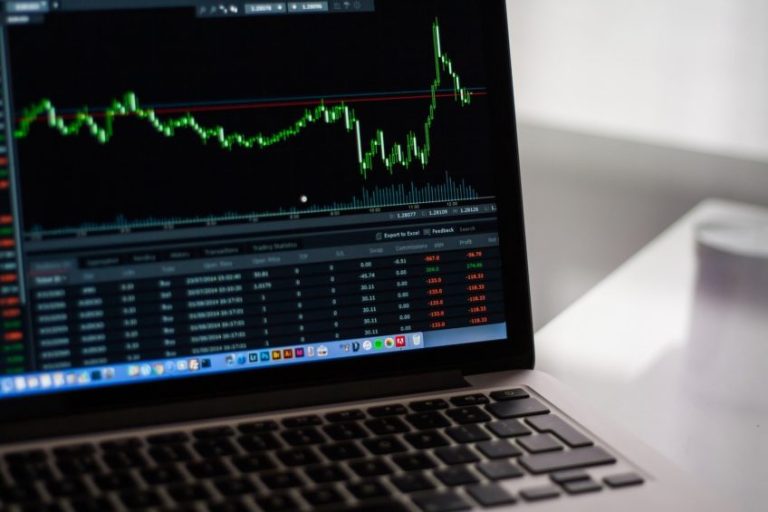American stocks have started the year well, with the S&P 500 and Nasdaq 100 indices soaring to their record highs. This trend may continue although risks remain, especially with the Federal Reserve maintaining a hawkish tone and Donald Trump threatening tariffs on imports. This article provides forecasts on some popular stocks like Rigetti Computing, Upstart, and Nikola.
Rigetti Computing stock price analysis
Rigetti Computing has become one of the most actively-traded stocks in Wall Street as the quantum computing hype intensified. This is notable because the company is building technologies that will support the new era of computing in the future.
However, this technology has sent mixed opinions, with some experts predicting that it is just hype. NVIDIA’s CEO, Jensen Huang, has warned that the technology has a long time to go, while others, like Michio Kaku believes that it is already here.
A key concern for Rigetti Computing is that it is a highly overvalued company that made over $11 million in annual revenue and is now valued at over $3 billion.
The daily chart shows that the Rigetti Computing stock price bottomed at $0.7428 last year and then surged to over $20 last year. It then crashed to $5.96 on January 13 after Jensen Huang’s warning and has now rebounded to $13.47.
The stock has moved above the 50-day moving average, while the Relative Strength Index (RSI) has crossed the neutral point at 50. Therefore, the Rigetti Computing stock price will likely remain being volatile this year. This volatility may have it jump to the record high of $21. A crash back to the support at $5.95 will also be possible.
Nikola stock price forecast
Nikola stock price has crashed to a record low as concerns about its future remains. With Canoo gone, some analysts believe that highly unprofitable companies like Nikola may be at risk.
The biggest risk that the company may go bankrupt as soon as possible, especially now that Donald Trump is ending funding to such firms. A bankruptcy may be a tough thing for the company and a stain to Joe Biden’s presidency that extended it with financing.
At the time, I warned that investing in firms like Nikola and Lithium Americas would turn into the next Solyndra. Now, there are rumors that the company want to sell either as a whole or as parts, marking the downfall of one of the most controversial firms in the US.
The daily chart shows that the Nikola share price has crashed to a record low, a trend that may continue ahead of a potential bankruptcy. The caveat, however, in some cases, such risky companies often go through some short squeezes.
Upstart share price prediction
Upstart stock price has surged hard in the past few months. After bottoming at $21.28 in May and then surged to a high of $88.90 in December.
The UPST share price then crashed to a low of $55.33 on January 13. This was a notable since it was at the 50% Fibonacci Retracement point. The stock has now bounced back to a high of $70 and crossed the 50-day moving average. It has moved to the weak stop & reverse point of the Murrey Math Lines tool.
Therefore, the stock will likely continue rising as bulls target last year’s high of $88.8, which coincides with the extreme overshoot of the Murrey Math Lines. The key catalyst for the stock will be its upcoming earnings scheduled for February 11 this year. Analysts expect the revenue to come in at $182 million, up by 30% from the same quarter a year earlier.
The post Stock price forecasts: Rigetti Computing, Upstart, Nikola appeared first on Invezz










